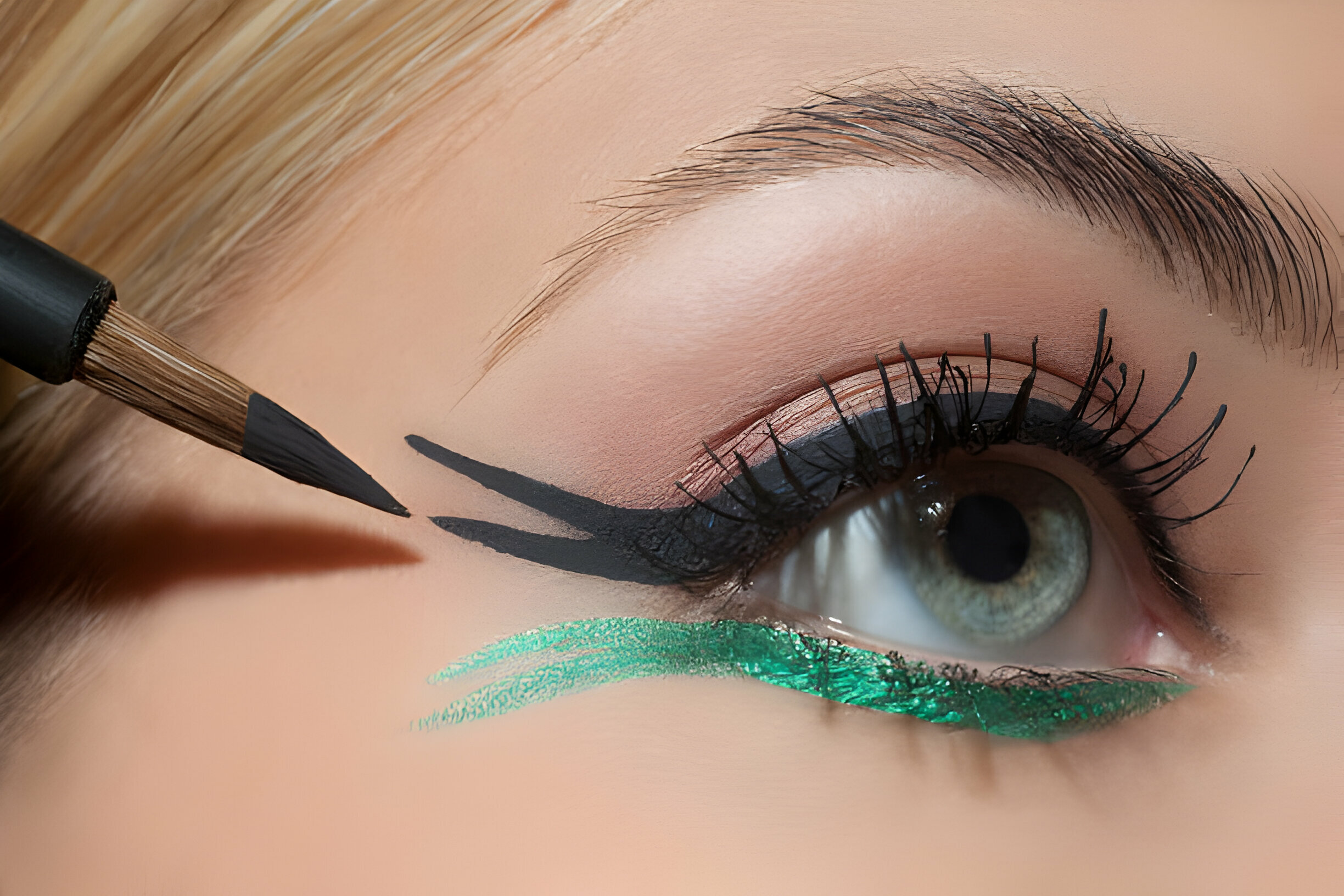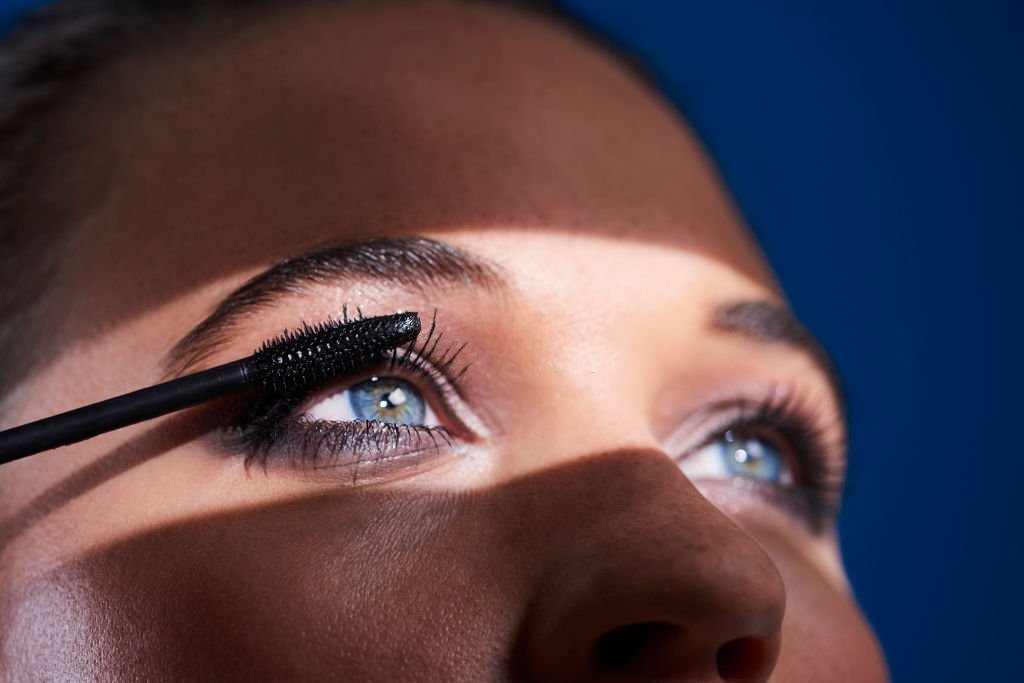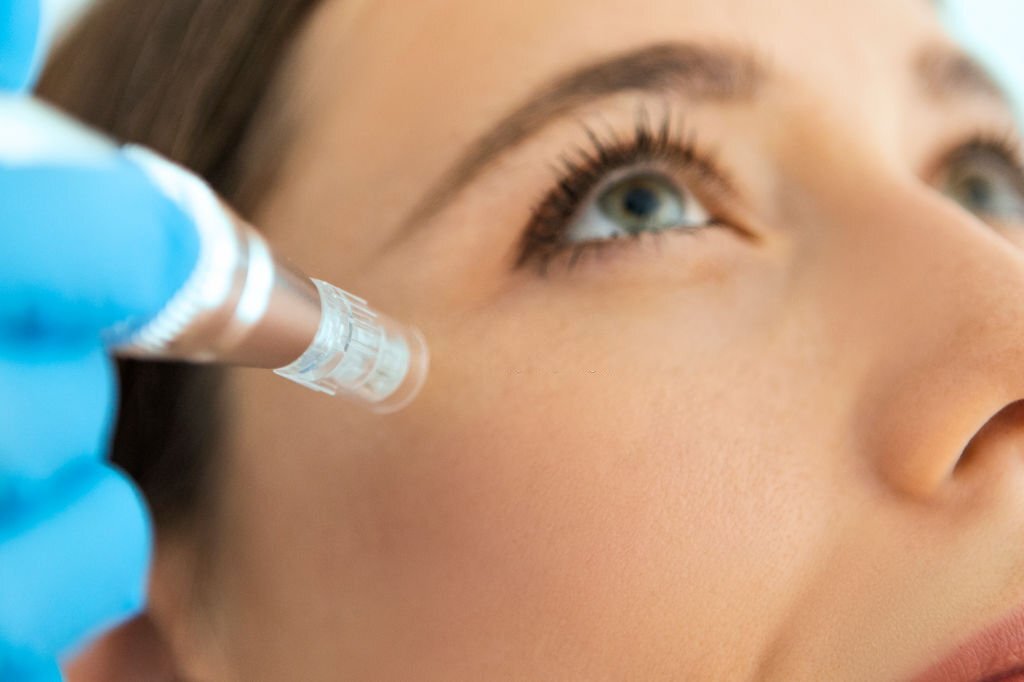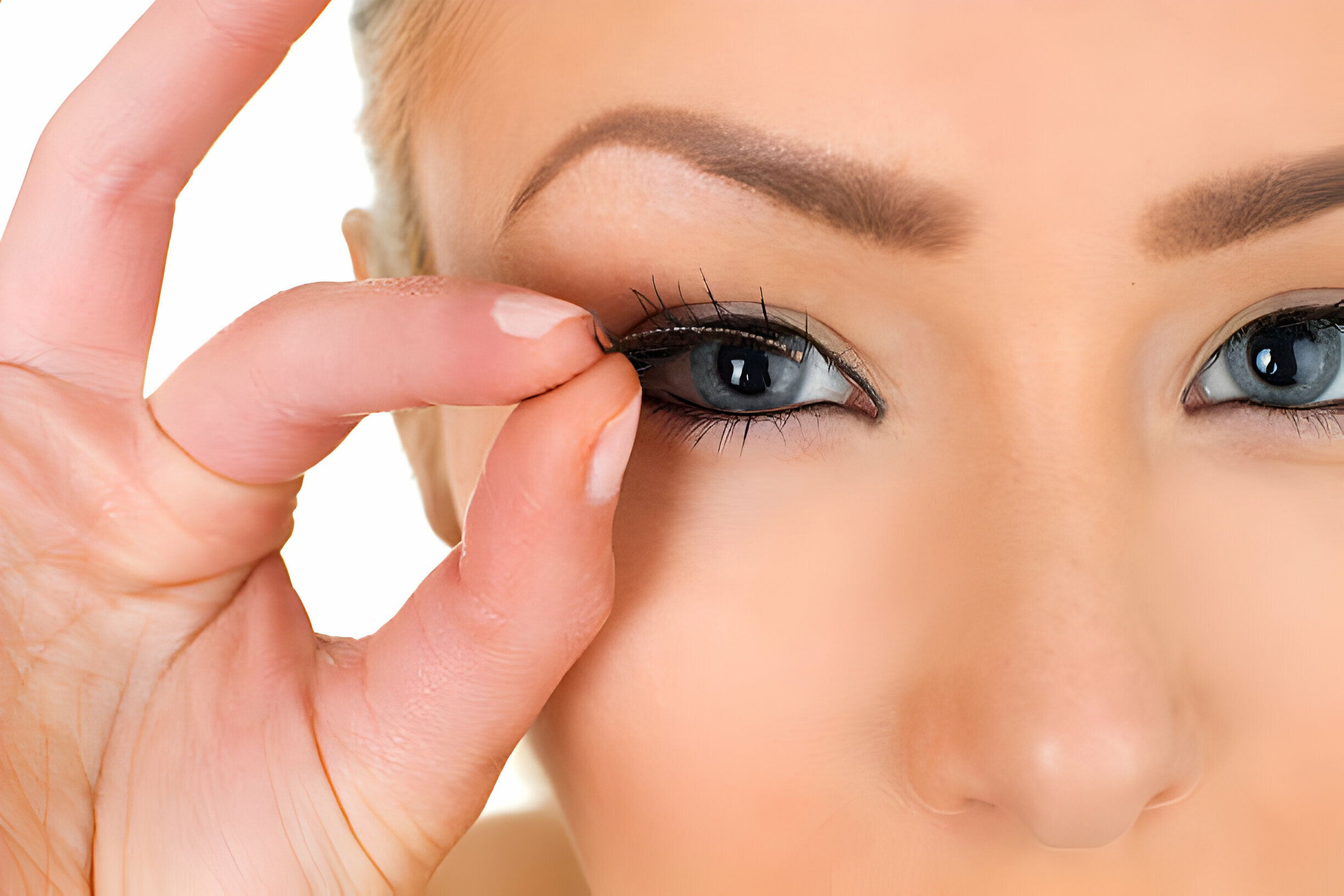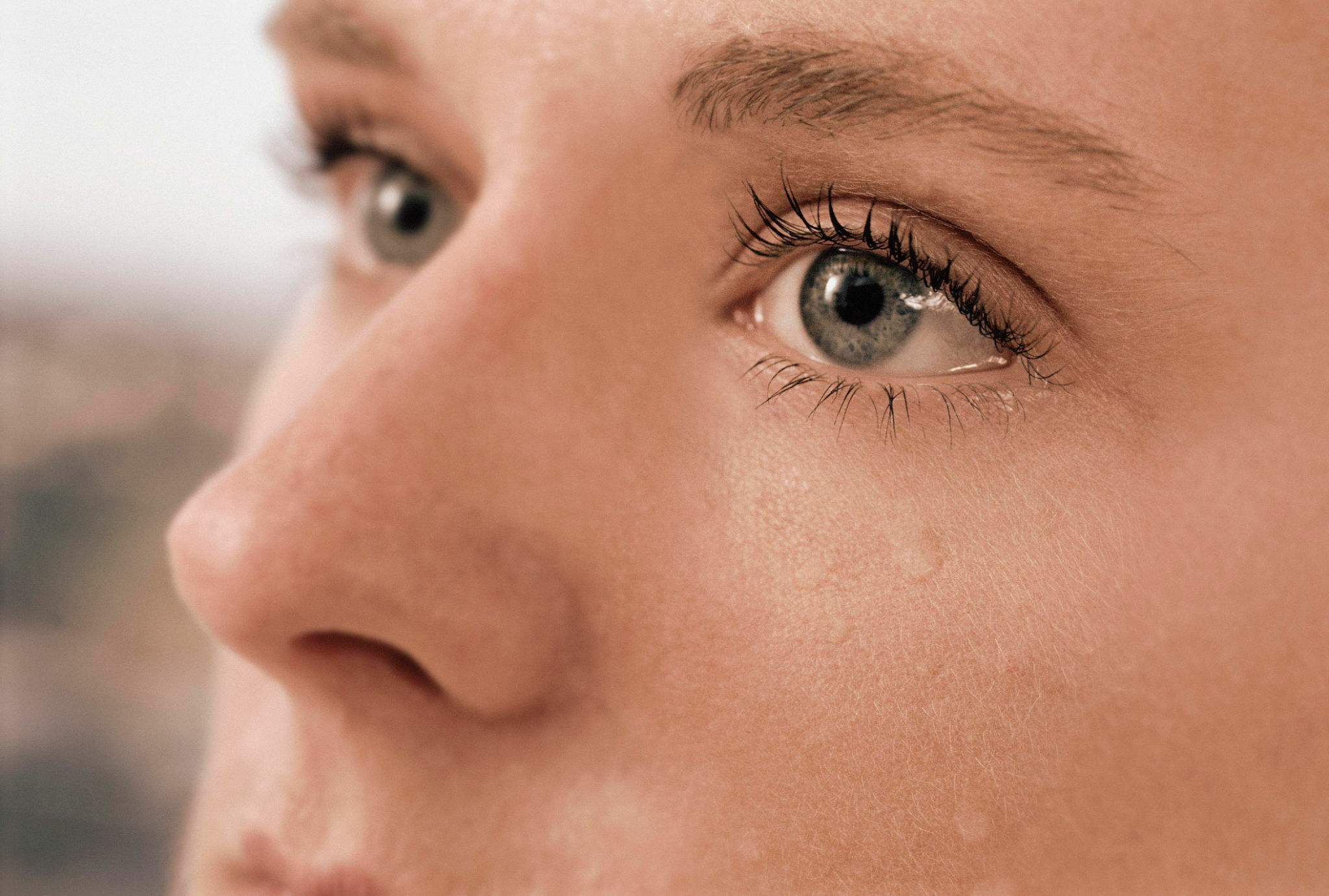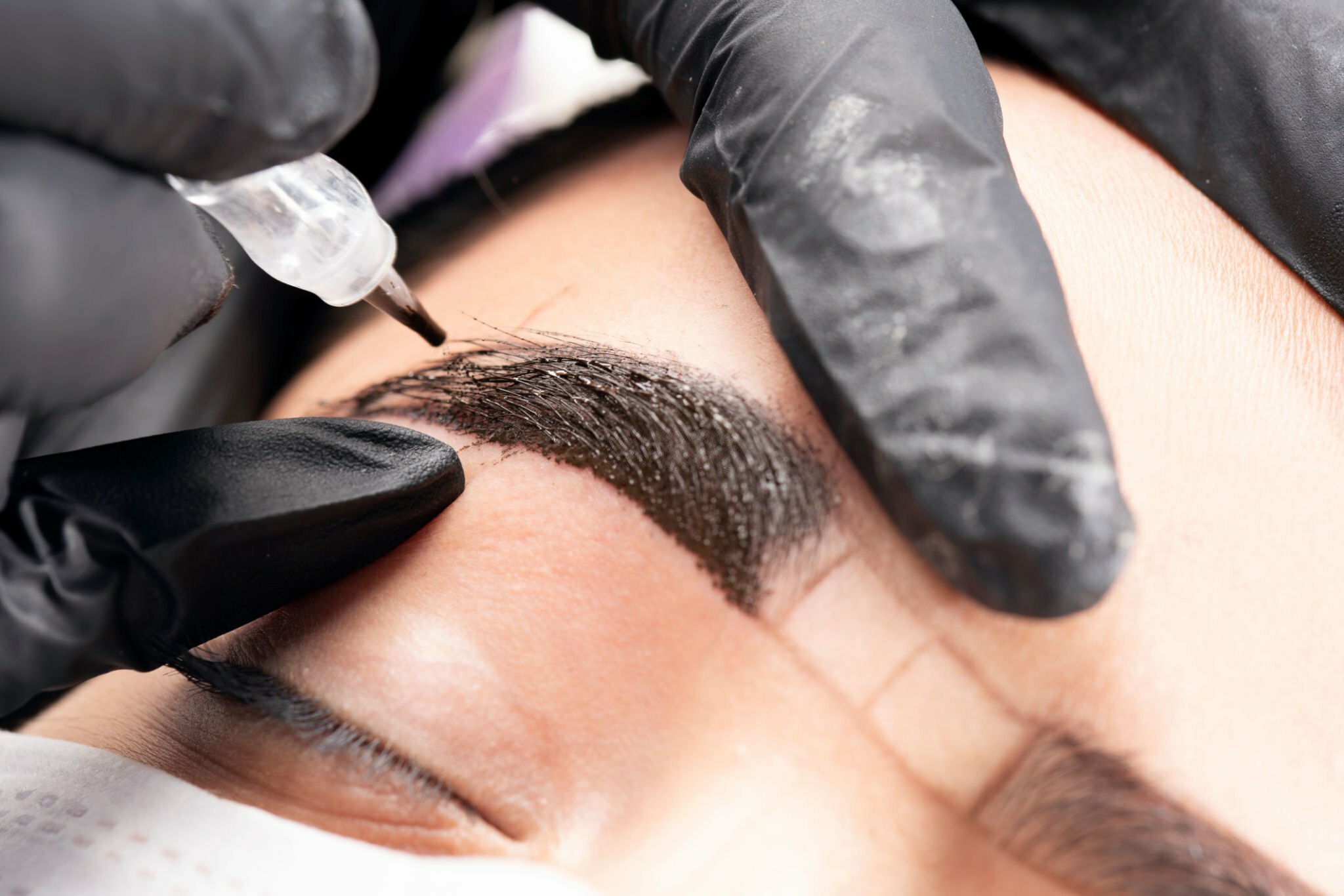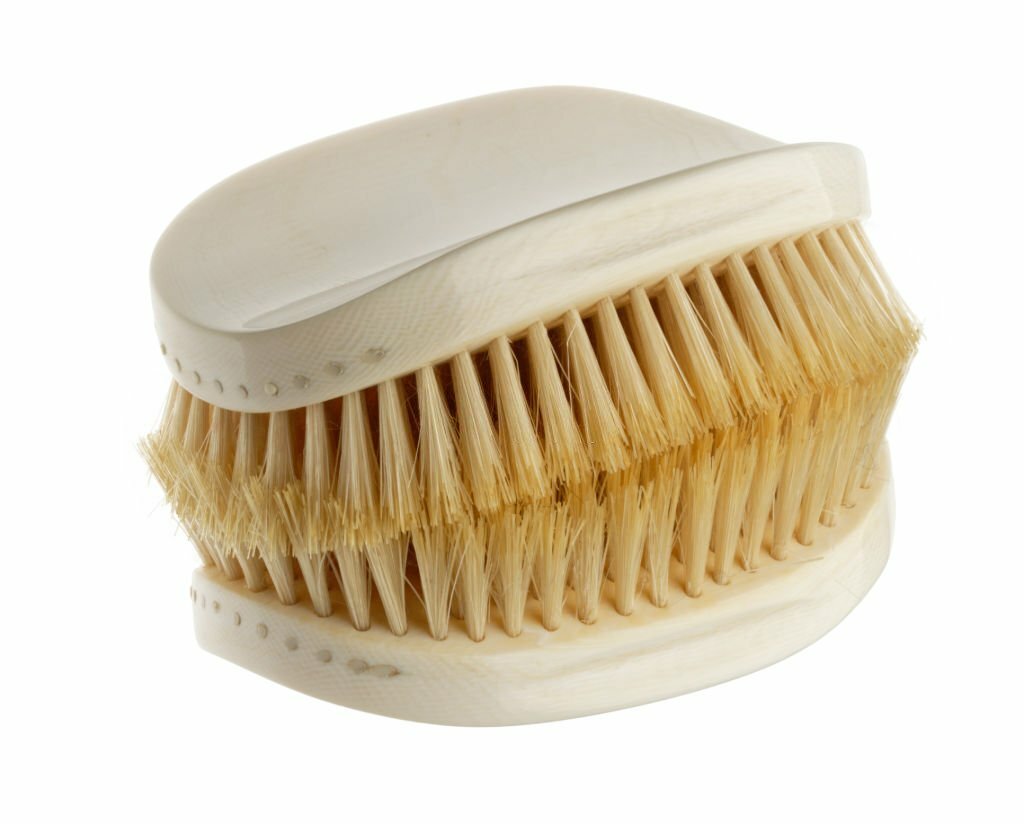Can You Wear Makeup After Botox?
Botox injections have become increasingly popular for smoothing wrinkles and rejuvenating the skin. Alongside this trend, makeup as a tool for enhancing one’s appearance remains ubiquitous. However, a common question arises among those considering or undergoing Botox treatments: Can makeup be safely applied afterward? This inquiry delves into the intersection of cosmetic procedures and daily beauty routines, raising concerns about potential interactions and best practices. Understanding the dynamics between Botox and makeup application is crucial for individuals seeking youthful skin and cosmetic enhancement. In this article, Can You Wear Makeup After Botox? We explore the compatibility and safety of wearing makeup post-Botox injections.
Understanding Botox
Botox, short for Botulinum Toxin, is a neurotoxic protein produced by the bacterium Clostridium botulinum. While it might sound alarming, Botox has various therapeutic and cosmetic applications when used in controlled medical settings. The protein works by temporarily paralyzing muscles or blocking nerve signals, which can smooth out wrinkles and reduce the appearance of fine lines.
Botox injections are commonly used in cosmetic procedures to target areas such as frown lines between the eyebrows, crow’s feet around the eyes, and forehead creases. By relaxing the muscles in these areas, Botox can create a more youthful and refreshed appearance.
It’s essential to note that Botox is a temporary solution, typically lasting around 3 to 6 months before the effects gradually wear off. As such, repeat treatments are often necessary to maintain results. Additionally, qualified medical professionals should only administer Botox treatments to ensure safety and efficacy.
Can You Wear Makeup After Botox?
Yes, you can wear makeup after getting Botox injections. However, waiting at least 24 hours before applying makeup to the treated area is generally recommended to allow the Botox to settle into the muscles thoroughly. This helps reduce the risk of inadvertently spreading the injected Botox or causing irritation to the treated area.
Gently apply makeup around injection sites to avoid unnecessary pressure and minimize discomfort. Some may experience minor bruising or swelling. Follow post-procedure instructions provided by your healthcare provider for optimal results and potential complications. This helps reduce discomfort and ensures the best possible outcome.
What Types of Makeup Can I Wear After Botox?
After receiving Botox injections, choosing gentle makeup products on the skin that won’t interfere with the treatment’s effects is essential. Here are some types of makeup that are generally safe to wear after Botox:
- Mineral Makeup: Mineral-based makeup products are often a good choice after Botox injections because they tend to be lightweight, breathable, and less likely to clog pores. Look for mineral foundations, powders, blushes, and eyeshadows free of harsh chemicals and additives.
- Oil-Free Formulations: Opt for oil-free makeup products, especially if you have oily or acne-prone skin. Oil-free foundations, concealers, and primers can help minimize the risk of clogged pores and breakouts, which is particularly important after Botox treatment.
- Hypoallergenic Makeup: If you have sensitive skin or are prone to allergic reactions, choose hypoallergenic makeup products to minimize the risk of irritation. These products are typically free of common allergens and harsh ingredients, making them suitable after cosmetic procedures like Botox.
- Water-Based Formulations: Water-based makeup products are lightweight and less likely to interfere with the effects of Botox injections. Look for water-based foundations, tinted moisturizers, and liquid eyeliners that provide coverage without feeling heavy or greasy.
- Non-Comedogenic Makeup: To avoid clogging pores and exacerbating post-Botox breakouts, opt for non-comedogenic makeup products designed not to block pores. These products allow the skin to breathe while providing coverage and enhancing natural beauty.
- SPF-Infused Makeup: Sun protection is essential after Botox treatment to prevent premature aging and protect the skin from harmful UV rays. Choose makeup products containing SPF to provide an extra layer of sun protection, especially if you’ll be outdoors.
- Creamy Formulations: Cream-based makeup products, such as cream blushes and eyeshadows, can add a dewy, luminous finish to your complexion without compromising the effects of Botox. Just apply them gently and avoid excessive rubbing or tugging on the skin.
Ultimately, choosing lightweight, gentle, and compatible makeup products with your skin type is the key. If you’re unsure which makeup products are safe after Botox injections, consult your healthcare provider or the professional who administered the treatment for personalized recommendations.
What Should I Avoid When Wearing Makeup After Botox?
When wearing makeup after Botox injections, it’s essential to avoid certain practices and ingredients that could interfere with the treatment’s effectiveness or cause irritation to the skin. Here are some things to avoid:
- Excessive Rubbing or Tugging: Avoid rubbing or tugging on the skin when applying makeup, especially in the areas where Botox was injected. Extreme manipulation of the skin can disrupt the treatment’s effects and potentially cause Botox to spread to unintended areas.
- Heavy Makeup: Steer clear of heavy, cakey makeup formulations that can weigh down the skin and make it difficult for Botox to settle correctly. Instead, opt for lightweight, breathable makeup products that provide coverage without feeling heavy or suffocating on the skin.
- Oil-Based Products: Avoid makeup products that contain oil, as they can clog pores and potentially interfere with the results of Botox treatment. Oil-based foundations, concealers, and primers can also make the skin appear greasy and shiny, which may not be desirable after Botox injections.
- Harsh Chemicals: Be cautious of makeup products that contain harsh chemicals or additives that could irritate the skin, especially in the immediate aftermath of Botox treatment. Look for makeup products with gentle, non-irritating formulations suitable for sensitive skin.
- Exfoliating Products: Avoid using harsh scrubs or chemical exfoliants on the skin after Botox injections, as they can cause irritation and potentially disrupt the treatment’s effects. Stick to gentle cleansers and avoid abrasive skincare products that could irritate the skin.
- Direct Sun Exposure: While not directly related to makeup application, avoiding direct sun exposure after Botox treatment is essential, as UV rays can accelerate aging and potentially diminish the treatment results. If you’ll be spending time outdoors, wear a broad-spectrum sunscreen with SPF 30 or higher and protective clothing to shield your skin from the sun.
- Touching Your Face: Avoid touching your face unnecessarily, as this can transfer bacteria from your hands to your skin and potentially cause breakouts or infections, especially after Botox treatment when the skin may be more sensitive.
To maintain healthy, radiant skin post-Botox injections, avoid common pitfalls and follow best makeup application practices. Consult your healthcare provider or the treatment professional for personalized guidance and recommendations on wearing makeup post-treatment.
Potential Risks and Concerns
While wearing makeup after Botox injections is generally considered safe, there are potential risks and concerns to be aware of to ensure the best possible outcomes. Here are some key considerations:
- Interference with Botox Results: Applying makeup too soon after Botox injections or using heavy or abrasive makeup products can potentially interfere with the treatment’s effectiveness. Excessive rubbing or tugging on the skin during makeup application can disrupt Botox’s ability to properly settle into the targeted muscles, affecting the desired results.
- Skin Irritation: Certain makeup products may contain ingredients that irritate the skin, especially in the immediate aftermath of Botox treatment when the skin is more sensitive. Harsh chemicals, fragrances, and preservatives in some makeup formulations can cause redness, itching, or inflammation, leading to discomfort and potential complications.
- Increased Risk of Infection: Applying makeup with dirty brushes or contaminated hands can introduce bacteria to the skin, increasing the risk of infection, particularly in the areas where Botox injections were administered. Maintaining good hygiene practices and regularly cleaning your makeup tools is essential to minimize the risk of infection and promote skin health.
- Acne Breakouts: Heavy or pore-clogging makeup products can exacerbate acne breakouts, especially in individuals prone to acne or oily skin. After Botox treatment, it’s crucial to choose makeup products that are non-comedogenic and oil-free to prevent clogged pores and breakouts.
- Allergic Reactions: Some individuals may be allergic to certain ingredients commonly found in makeup products, such as fragrances, dyes, or preservatives. Allergic reactions can range from mild irritation to severe inflammation and swelling, necessitating immediate medical attention. It’s essential to perform patch tests or consult a dermatologist before using new makeup products, especially after undergoing cosmetic procedures like Botox.
- Compromised Sun Protection: Certain makeup products may contain SPF for sun protection. However, relying solely on makeup with SPF may not provide adequate protection against harmful UV rays. After Botox treatment, it’s essential to use a broad-spectrum sunscreen with SPF 30 or higher and reapply it regularly, especially if spending extended periods outdoors.
- Long-Term Effects: While wearing makeup immediately after Botox injections may not pose significant risks, long-term or frequent use of heavy makeup products could impact skin health and accelerate aging. Balancing cosmetic enhancement and overall skin health through proper skincare and makeup practices is crucial.
FAQs
How Long After Botox Can I Shower?
It is generally recommended to wait at least four hours after Botox injections before showering.
Should I Move My Face After Botox?
After receiving Botox injections, it’s generally advisable to avoid excessive facial movements, such as strenuous exercise or exaggerated expressions, for the first 24 hours to allow the Botox to settle into the targeted muscles properly.
Should You Take Makeup Off For Botox?
Clean skin is generally preferred for Botox injections. Still, if makeup is present in the treatment area, your healthcare provider may cleanse the skin before administering the medication to ensure proper application and minimize infection risk.
Can I Sleep On My Side After Botox?
After Botox injections, sleeping on your side is safe, but avoiding excessive pressure or rubbing for the first 24 hours is advised to allow Botox to settle and prevent migration. Sleeping on your back may be more suitable if you’re concerned about maintaining treatment effects.
Conclusion
Wearing makeup after Botox injections is generally safe, but best practices are essential to maintain results and minimize risks. Choose lightweight, non-comedogenic makeup products and avoid excessive rubbing or tugging on the skin. Maintain good skincare hygiene and consult your healthcare provider or professional for personalized guidance. By following these recommendations, you can enjoy the benefits of both Botox and makeup applications, enhancing your appearance and feeling your best.
Jillian Ruffo
As a Beauty Care and Wellness Writer, of liveandfeel I focus on the holistic concept of wellness, encompassing mental, physical, and emotional health. I create engaging content that informs and empowers readers to prioritize self-care. My content celebrates diverse definitions of beauty and encourages self-love. I explore natural ingredients, cutting-edge beauty technologies, and mindfulness practices, fostering a sense of well-rounded well-being. My goal is to inspire readers to prioritize self-care and discover the latest trends in beauty.

